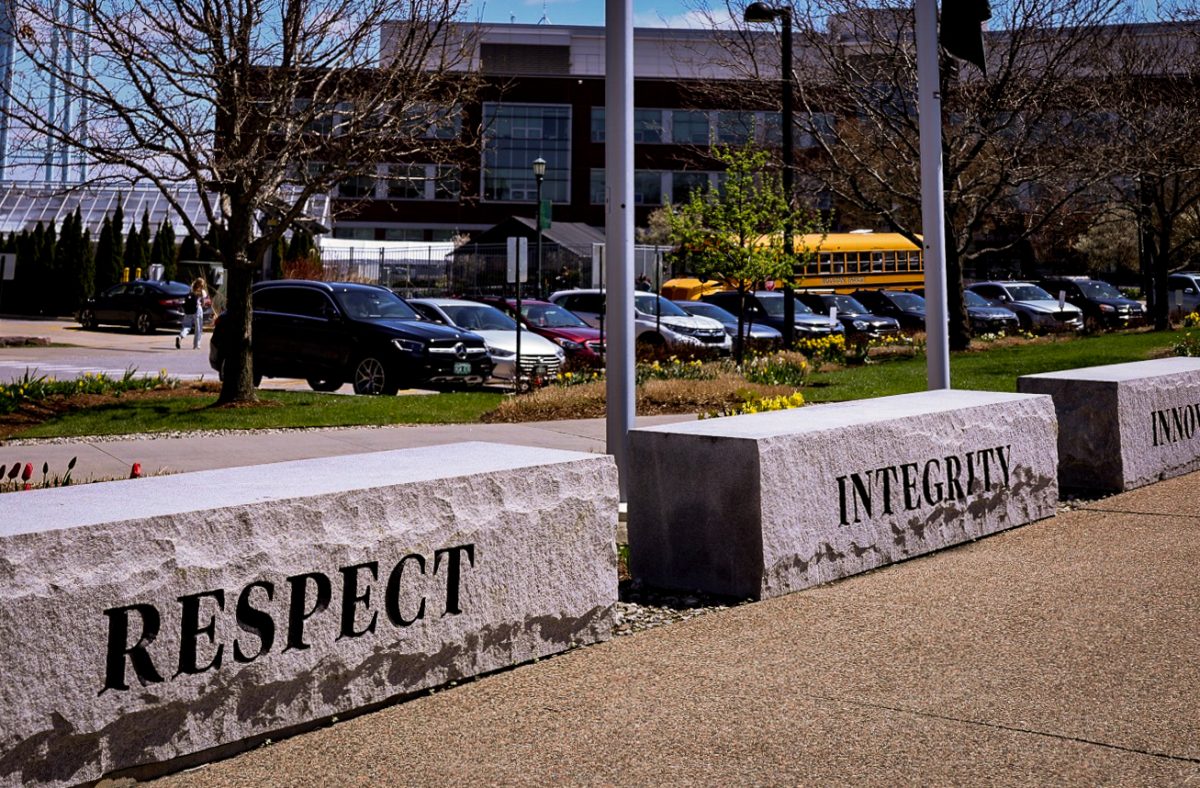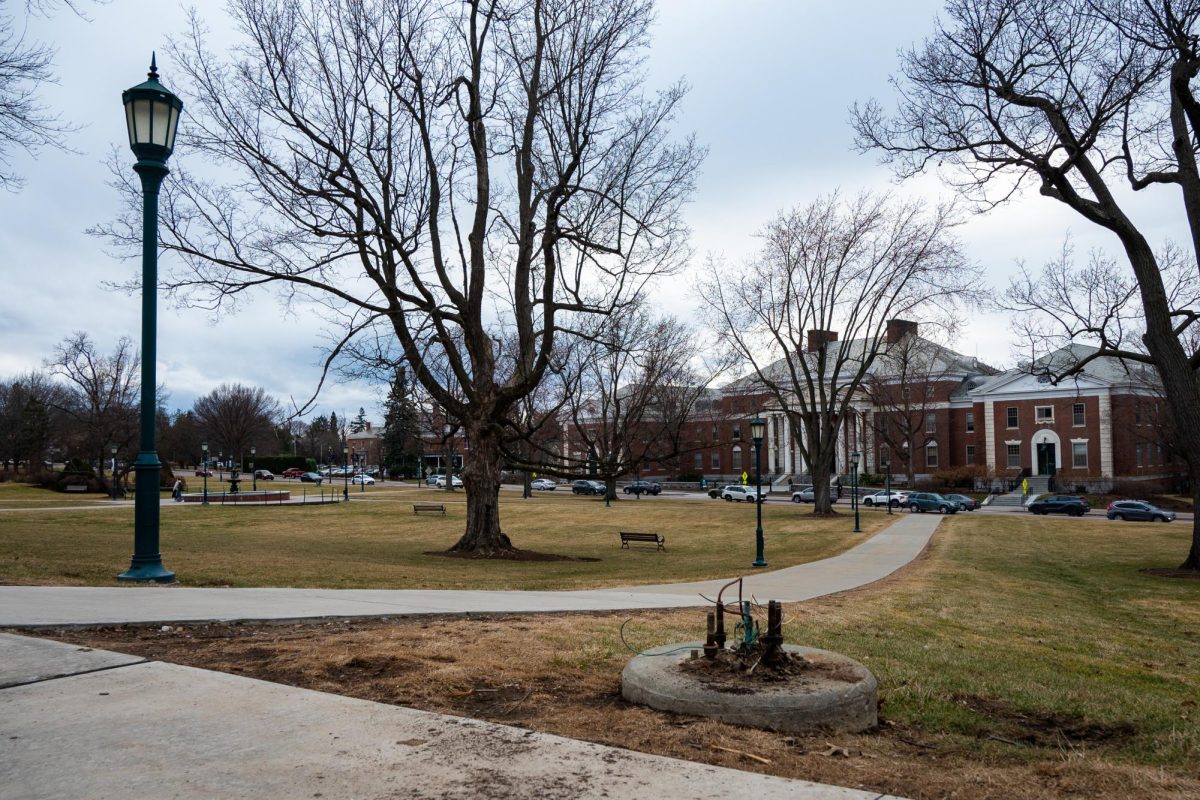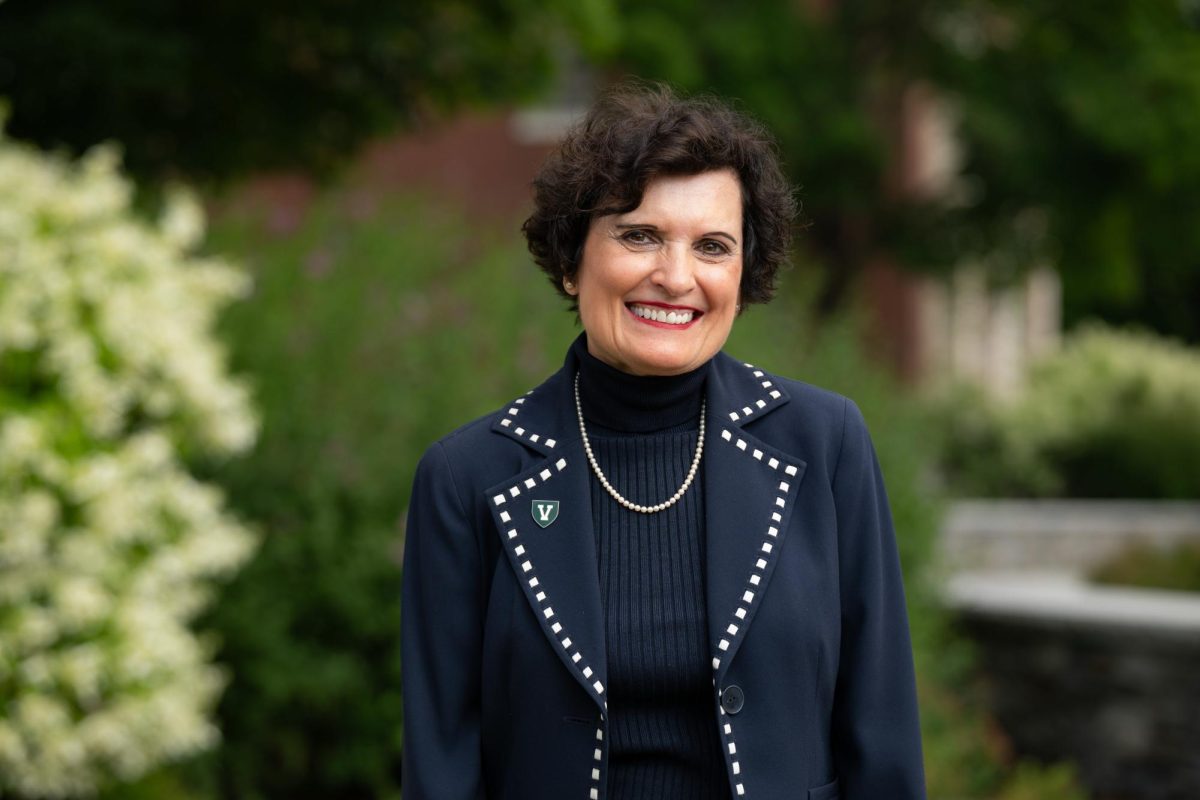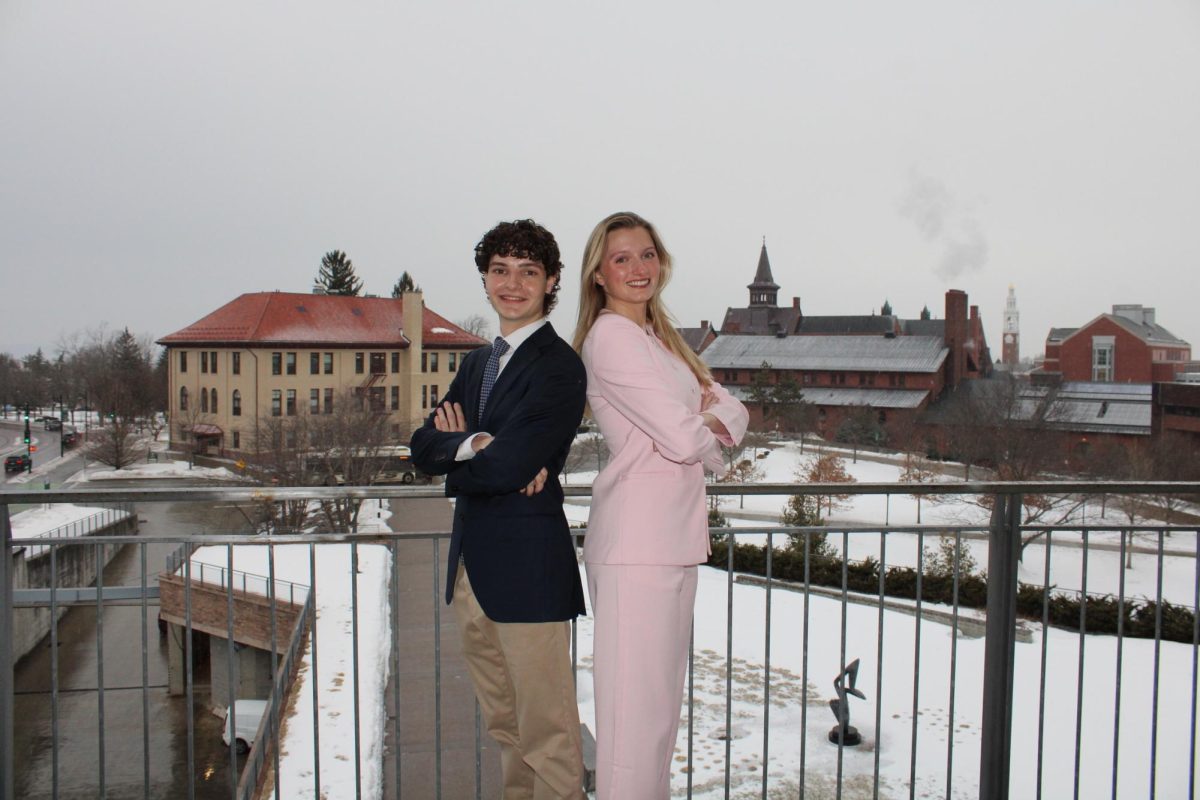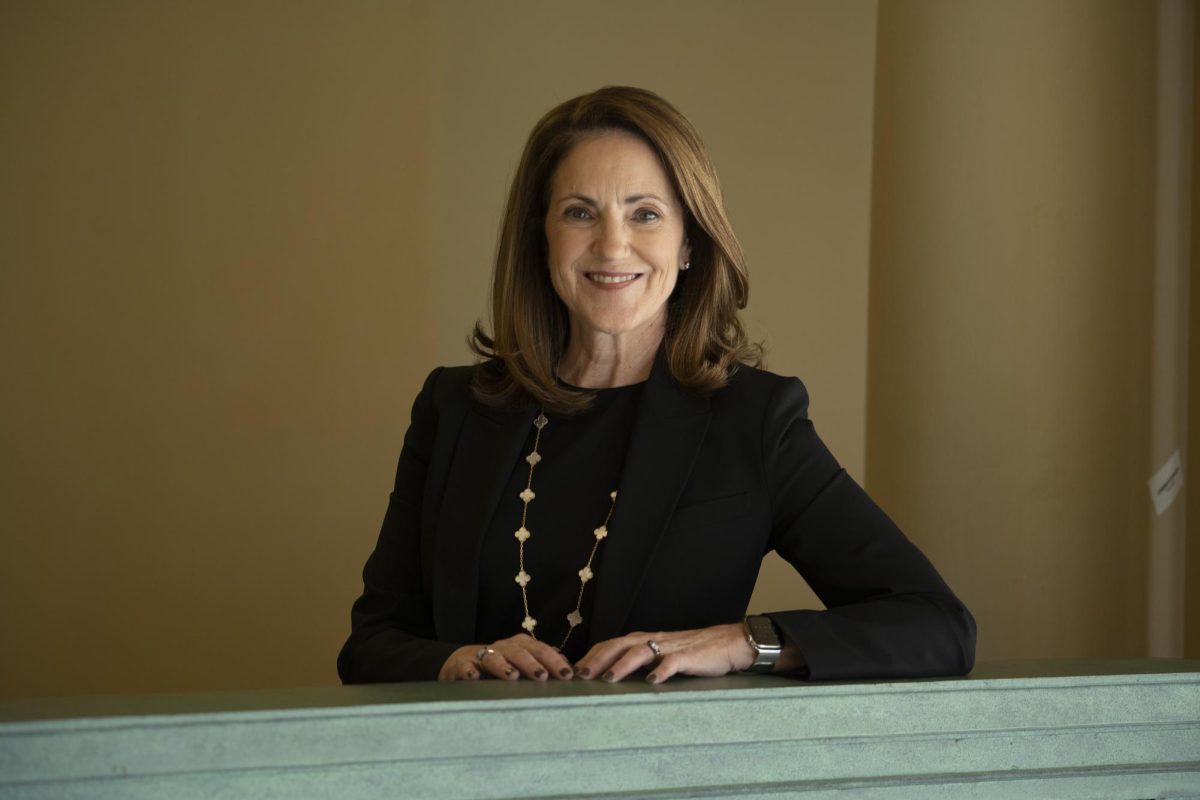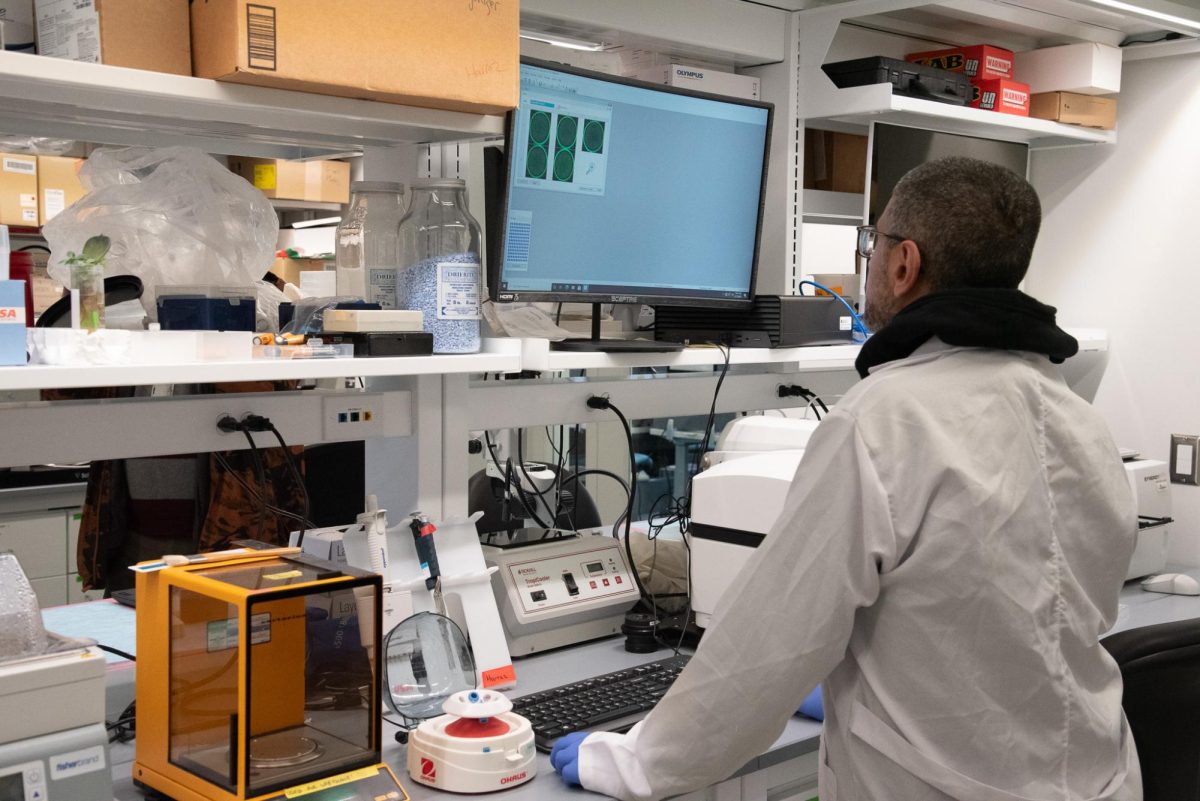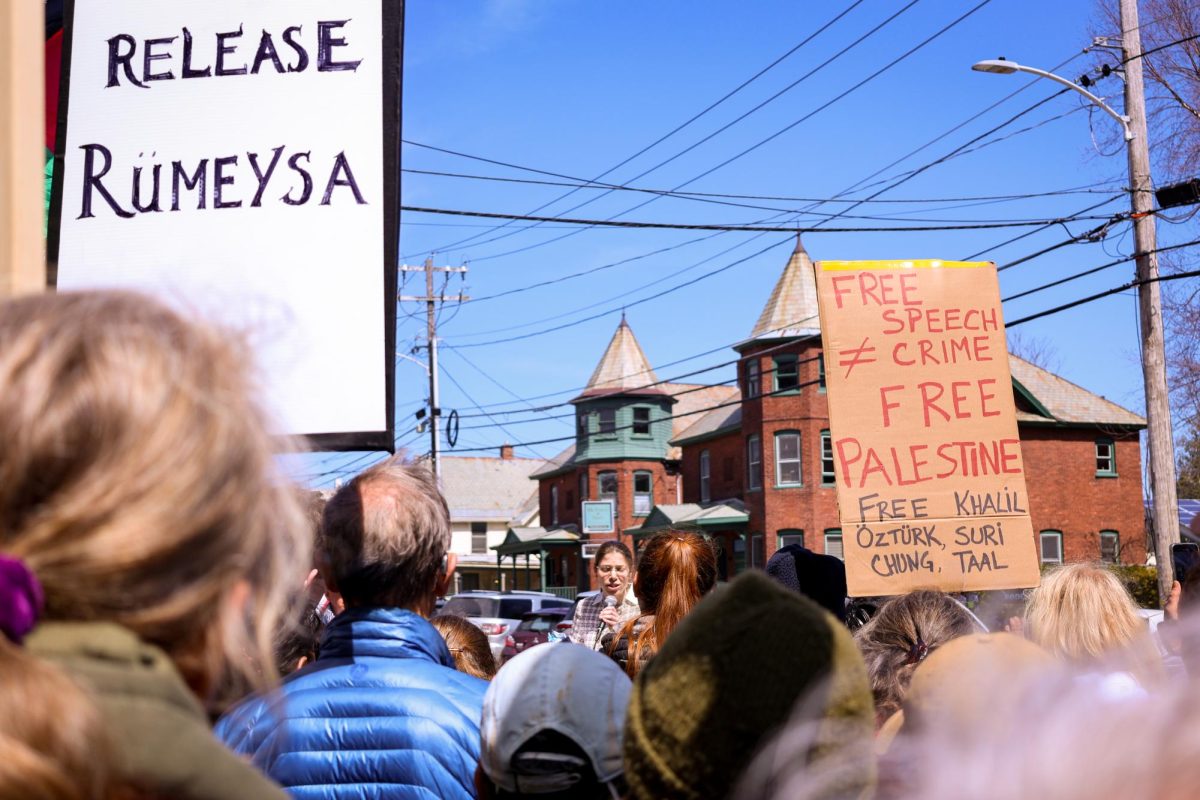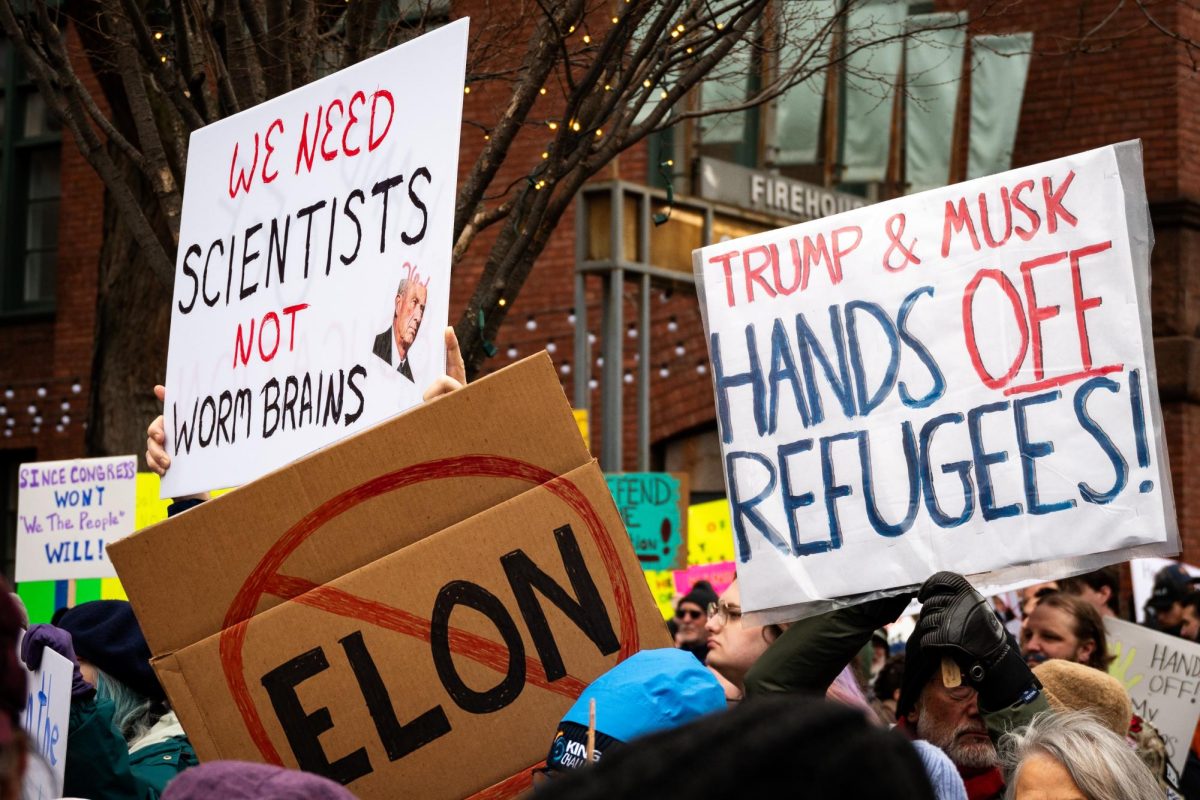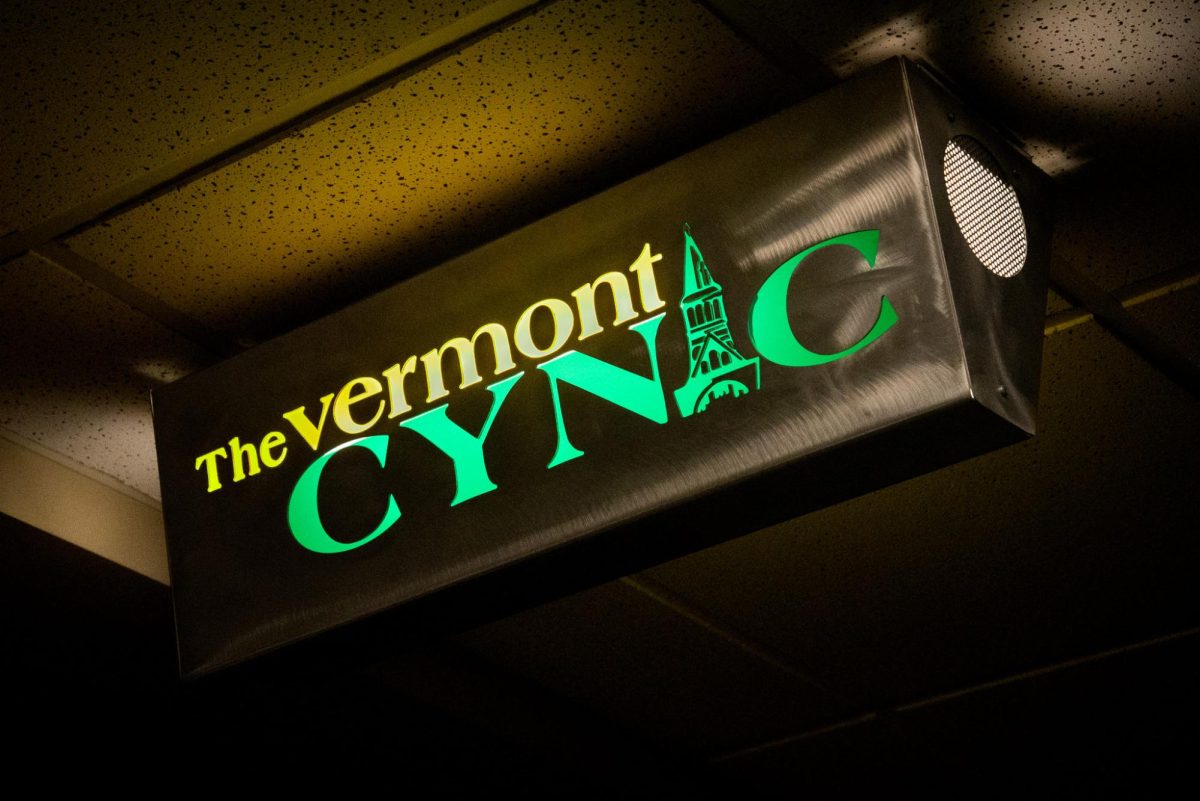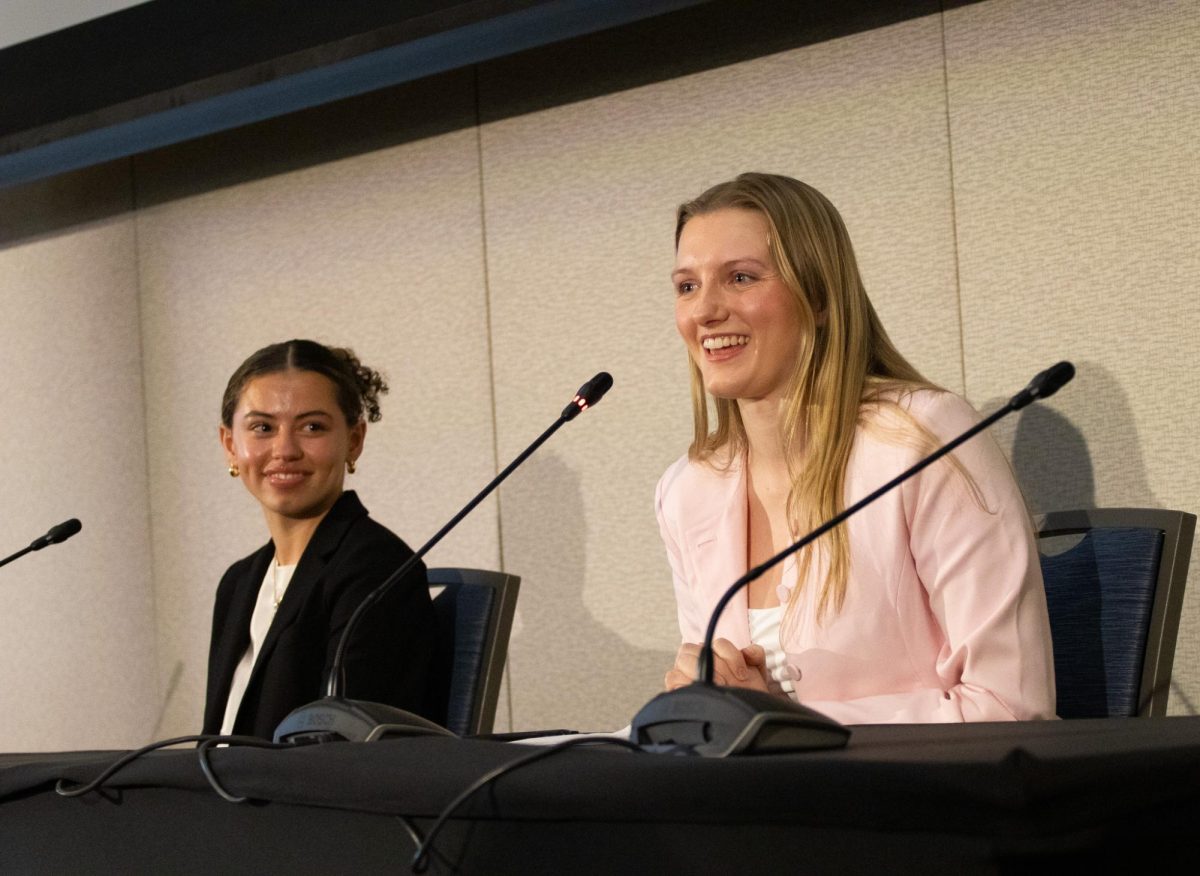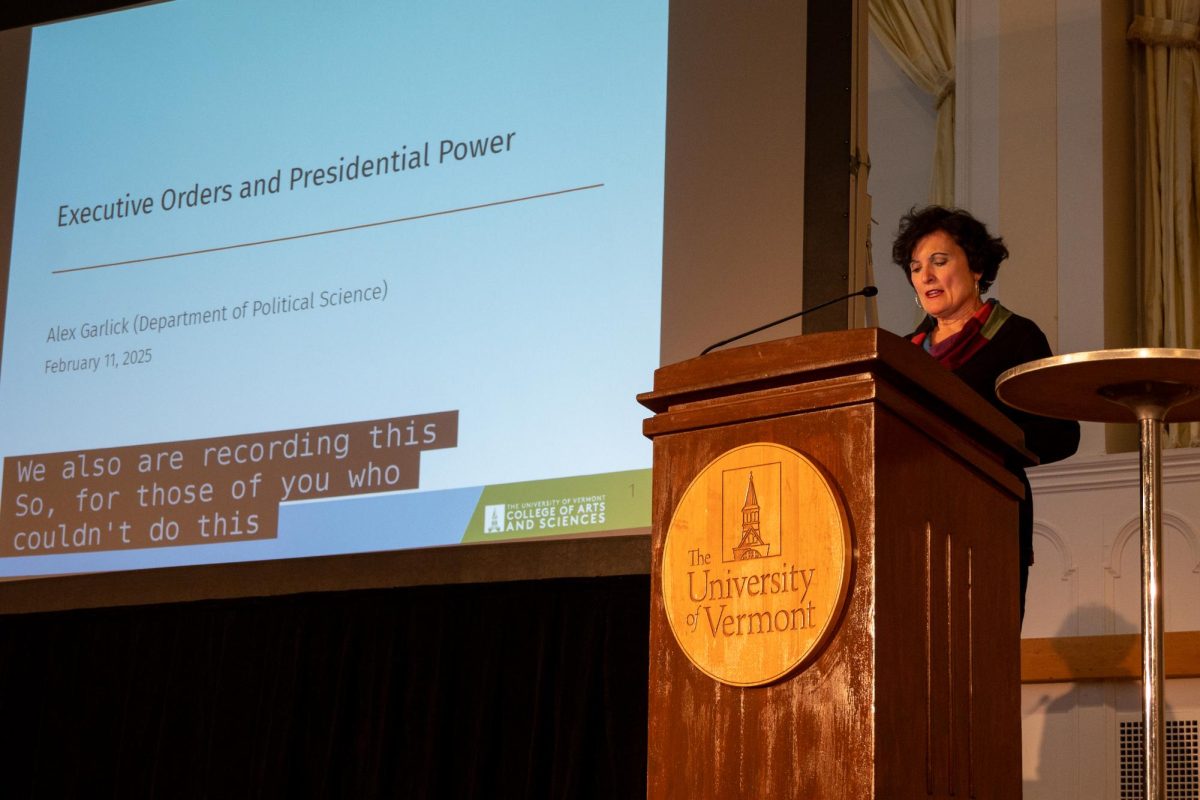A startup partnering with UVM has received a $1 million grant in recognition for an invention benefiting the blind.
E.A.S.Y. LLC was awarded a grant from the National Institute of Health in order to continue work on their “inTact” printer prototype, which prints in raised-lines able to be read by the blind.
The company specializes in tactile graphics, which are graphics that are able to be felt. This is a rapidly growing field, said Josh Coffee, a UVM graduate student and one of E.A.S.Y.’s founders.
With tactile graphics, people who are blind are able to feel the letters on the page as they read them.
“We are now one of the top hits for just a basic search of tactile graphics, which is pretty good because it’s a big field and growing every day,” Coffee said,
Coffee founded E.A.S.Y. with professors Michael Rosen and Michael Coleman.
The University was key to the company’s progress, he said.
“Six months after I graduated I was a co-founder of a new startup in Burlington, and I really think if I had gone to school somewhere else that wouldn’t have happened,” Coffee said.
E.A.S.Y. started in an engineering class four years ago when Rosen got the idea for the project after meeting a blind mathematician.
“He made me realize they have braille but they don’t have graphics, they need a tactile way of drawing freehand,” Rosen said.
Other products in the company’s inTact line include a sketchpad that allows users to draw raised lines by pressing a stylus to thermal plastic sheets. They also developed an eraser that uses heat to flatten the lines.
Opportunities for the blind in STEM areas are severely limited, according to Coffee and Rosen, which is why their products focus on graphics rather than lettering.
“Right now it’s kind of a horror show if you look at what happens in schools; a child is mainstreamed into a predetermined path because they’re blind,” Rosen said. “When they get to trig or geometry, they are excused, meaning that the STEM part of their education is lost.”
The inTact printer would make it possible for teachers to print worksheets that their blind students could work on and complete.
“That’s what makes this printer different and that’s what got us the grant,” Coleman said.
“It’s hard not to care about people being disadvantaged when there’s no reason for them to be disadvantaged,” he said.
“This is the first time in my career that anything I’ve ever done has ended up in the hands of people who have actually needed problems solved,” Rosen said.


